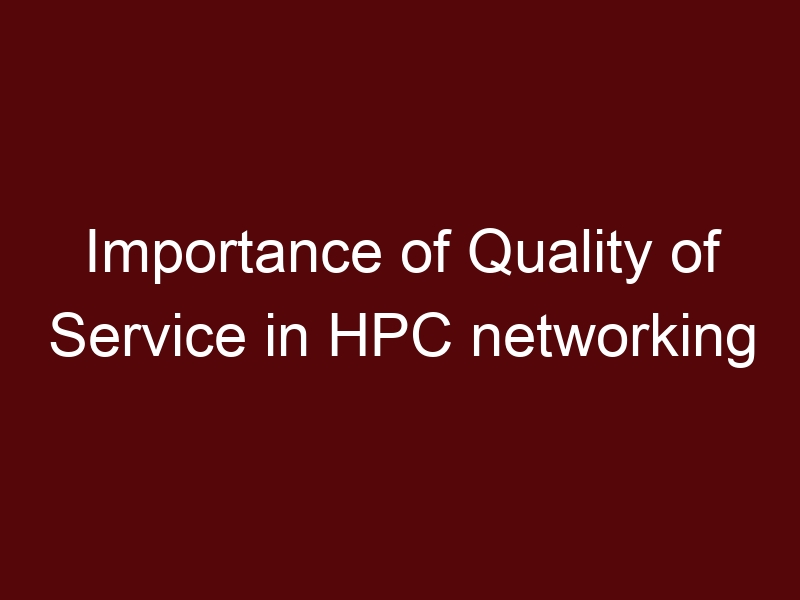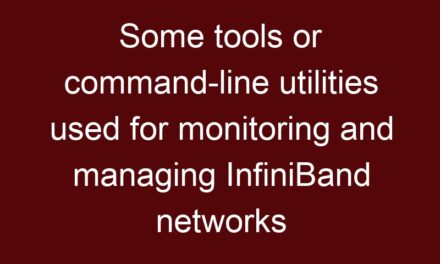Quality of Service (QoS) is crucial in High-Performance Computing (HPC) environments due to the highly diverse and demanding nature of workloads that run on these systems. HPC clusters often host a mix of applications with varying communication requirements, and ensuring fair access to network resources is essential for achieving optimal performance and efficiency. Here’s why QoS matters in HPC:
Importance of QoS in HPC Environments:
- Workload Diversity: HPC clusters run a wide range of applications, including simulations, data analysis, machine learning, and more. These applications have different communication patterns, latency sensitivity, and bandwidth requirements. QoS allows administrators to allocate resources based on these varying needs.
- Resource Utilization: Without QoS, certain applications could monopolize network resources, causing congestion and negatively impacting the performance of other applications. Effective QoS ensures fair access to resources, optimizing overall resource utilization.
- Performance Isolation: QoS prevents performance degradation caused by resource contention. By assigning priorities and limits, administrators can prevent one application’s heavy network usage from affecting the performance of others.
- Latency-Sensitive Workloads: Some HPC applications, such as real-time simulations or financial trading, are extremely latency-sensitive. QoS mechanisms can prioritize these applications’ traffic to minimize communication delays.
- Resource Guarantee: QoS provides a mechanism to guarantee a certain level of network resources to specific applications, ensuring that they meet their performance requirements even in shared environments.
InfiniBand Support for QoS:
InfiniBand supports QoS mechanisms that allow administrators to allocate and manage network resources based on application requirements. InfiniBand’s QoS capabilities include:
- Virtual Lanes (VLs): InfiniBand divides each physical link into multiple Virtual Lanes (VLs), each with its own priority level. VLs provide traffic isolation and allow administrators to allocate bandwidth based on priority.
- Service Level Agreements (SLAs): InfiniBand enables administrators to define SLAs for different VLs. This involves assigning priorities and bandwidth limits to each VL based on the application’s needs.
- Arbitration and Prioritization: InfiniBand switches use arbitration mechanisms to allocate bandwidth to different VLs based on their priorities. Higher-priority VLs get preferential access to the network.
- Partitioning and QoS: InfiniBand’s Subnet Manager allows administrators to assign different QoS policies to different partitions. This ensures that each partition receives its allocated resources and priority levels.
- Congestion Control: InfiniBand includes mechanisms to detect and manage congestion. When congestion occurs, QoS mechanisms can be used to dynamically adjust priorities and bandwidth allocations to alleviate congestion and prevent performance degradation.
- Guaranteed Rates: InfiniBand QoS allows administrators to define minimum guaranteed bandwidth rates for specific VLs, ensuring that critical applications always receive the required resources.
In summary, InfiniBand’s QoS features provide administrators with the tools to manage network resources effectively in HPC environments. By assigning priorities, bandwidth limits, and guarantees, InfiniBand helps optimize performance, ensure fair resource utilization, and accommodate the diverse requirements of various applications in a shared high-performance computing cluster.





